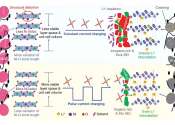Researchers bring first underwater messaging app to smartphones
For millions of people who participate in activities such as snorkeling and scuba diving each year, hand signals are the only option for communicating safety and directional information underwater. While recreational divers ...
Aug 29, 2022
0
210









